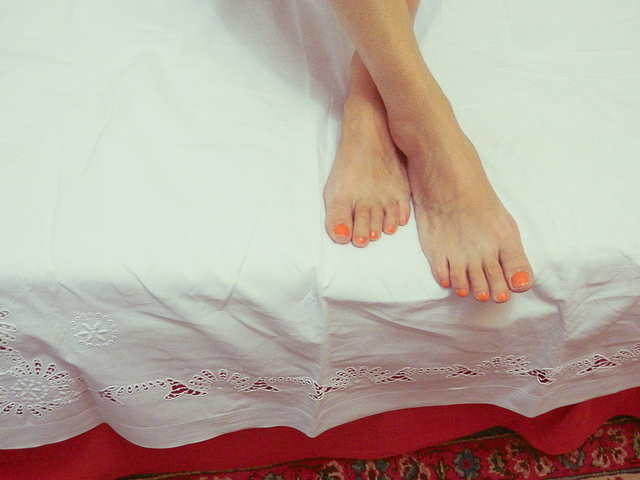Are you someone who enjoys moving your legs around all day? If yes, does that mean you have restless legs syndrome? Not quite, but it could be a sign. Restless legs syndrome (RLS) is a neurological disorder that causes uncomfortable sensations in the legs and an uncontrollable urge to move them. People with RLS often feel their legs throb, pull, or creep while they rest at night. The level of discomfort ranges from uncomfortable to irritating and painful.
What causes RLS? Most doctors believe that it’s genetically inherited, because nearly 50% of individuals with RLS have a family member with RLS. Other factors that cause RLS include chronic diseases such as iron deficiency, Parkinson’s disease, and diabetes. Specific medications such as anti-nausea or allergy medicine can worsen the symptoms of RLS. Pregnancy, alcohol consumption, and sleep deprivation can also cause RLS.
The unusual aspect of RLS is that lying down and trying to rest triggers discomfort in the legs. Thus, RLS is considered a sleep disorder, because RLS disrupts a person’s ability to fall and stay asleep. The inability to sleep can lead to daytime fatigue, impaired memory, and depression. These symptoms illustrate the fact that RLS has a domino effect first on your legs, then your sleep, and finally your overall well-being.
Image Source: Phil Ashley
So how could you relieve the discomfort? The temporary solution: move your legs. For the long term, improving your sleep, exercising more, and decreasing consumption of caffeine, alcohol, and tobacco can help. In addition, certain medications can also ease symptoms, but they may not be effective for everyone. Even though there’s no cure for RLS, there are treatment methods to relieve its symptoms.
About 10% of the US population suffer from RLS. This percentage equates to about one million people suffering from RLS nationwide. Does RLS equally affect both genders? No. Even though RLS affects both males and females, it affects twice as many females. Typically, those with severe symptoms of RLS are middle-aged or older. Symptoms become more frequent and last longer as you age.
Is there a way to diagnose RLS? Currently, there are no medical tests for RLS, but doctors can perform blood tests and other exams to rule out other possible conditions. A doctor’s diagnosis for RLS stems from the patients’ symptoms and answers about their family history of RLS, medication use, and sleep disorders.
Let’s suppose after a long day of work or school, you sit down to watch television or read a book and you feel an uncomfortable urge to move your legs. Although it’s possible you may have restless legs syndrome, don’t worry; there are ways to diagnose and treat it. But hopefully you don’t have RLS!
Feature Image Source: restless legs syndrome 2 by the girl with cold hands










